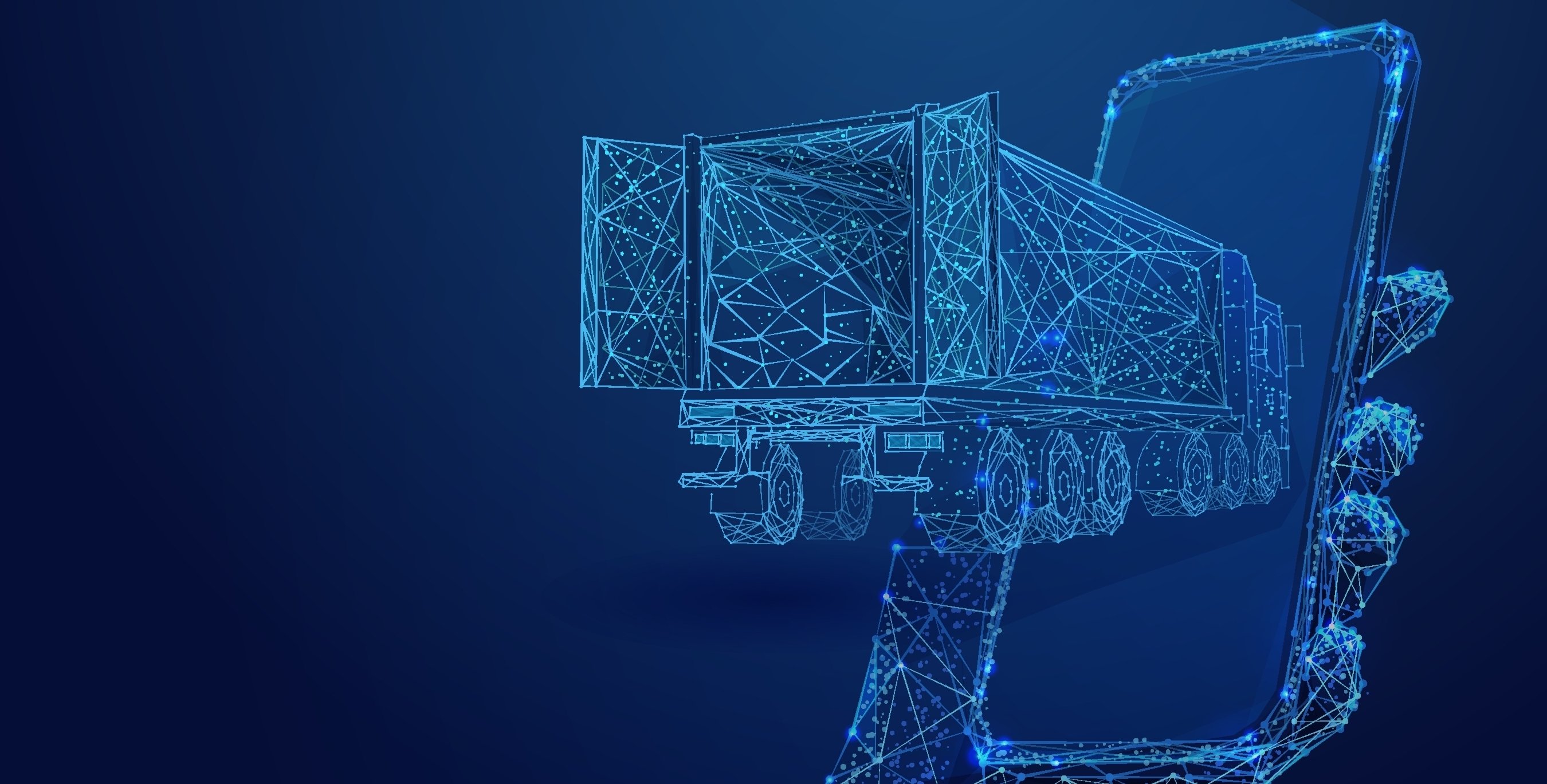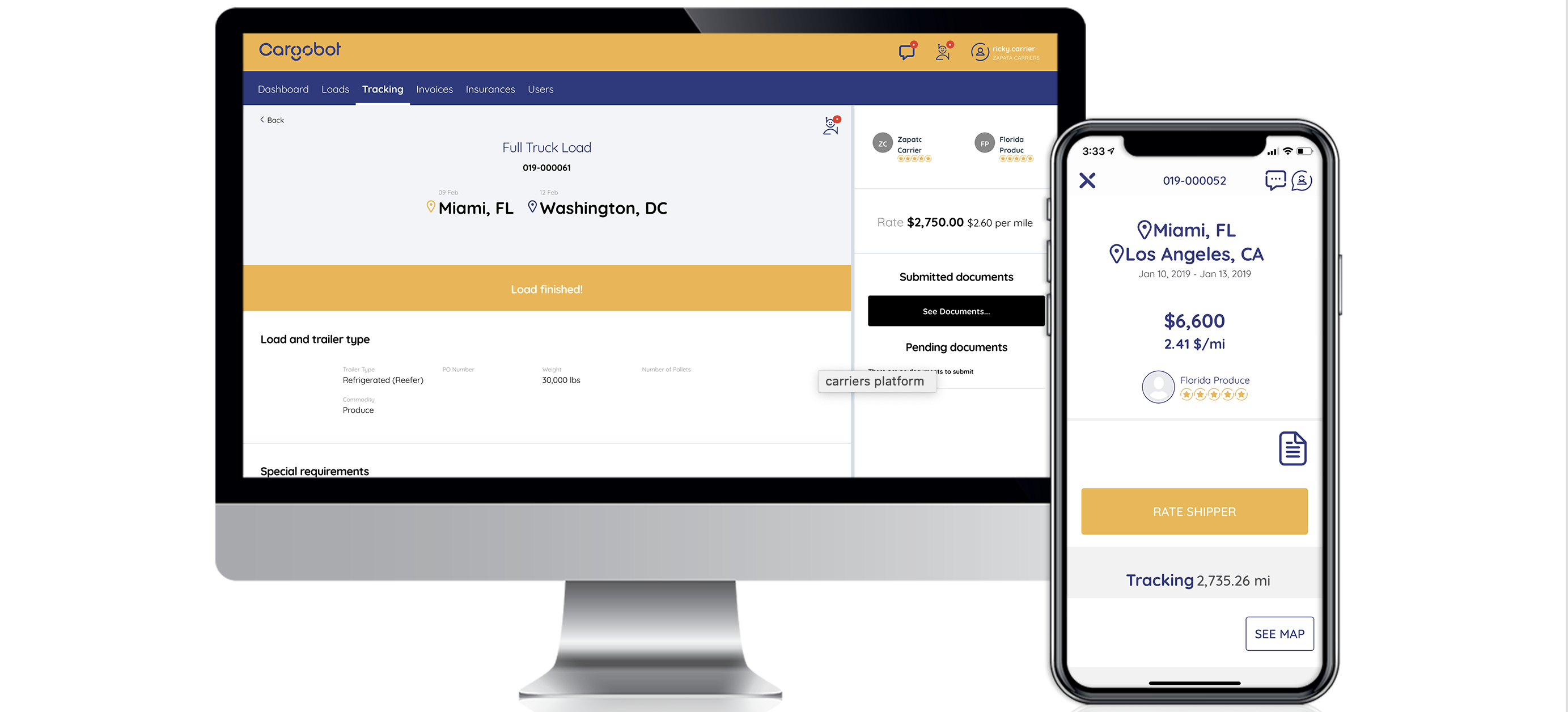The Crucial Role of Freight Shipping Tracking in Business Success
Freight shipping tracking is essential to closely monitoring your shipments to ensure they reach their destination on time. Using shipment tracking information empowers businesses to monitor their LTL (less-than-truckload) freight shipments precisely and accurately. Online shipment visibility also provides peace of mind while giving you valuable insights into supply chain operations.
Using specialized inland freight shipping services with automated LTL freight tracking capabilities enables businesses to stay well-informed while improving customer satisfaction and reducing delays. Incorporating SMS freight tracking into your logistics strategy allows you to receive real-time updates on your asset-based freight transportation.
Delivery receipts and delivery documents also help maintain accountability and provide a clear audit trail with truckload LTL freight. Businesses can easily manage their inventory with freight shipment tracking. Investing in advanced freight shipping tracking solutions can significantly boost efficiency and help you remain competitive in an increasingly globalized marketplace.
Common Tracking Challenges Inland Shippers Face Now
![]()
Would you like to see real-time incident notifications of your loads? Unfortunately, many inland shippers face various challenges while tracking freight shipments. These issues can often result in costly delays and plenty of frustration. Working with a company providing online shipment visibility can help you avoid many of these issues.
Here is an overview of the most common challenges with freight shipping tracking.
1) Inaccurate Tracking Data
Inland shippers often deal with inaccurate or outdated tracking data. These issues can lead to incorrect estimations of shipment arrival times, which causes disruptions in supply chain operations and customer dissatisfaction.
2) Delayed or Missing Updates
Tracking updates may not always be timely, making it difficult for shippers to monitor the real-time status of their shipments. Delays or missing updates can result in a lack of visibility, leading to increased uncertainty and potential logistical issues.
3) Multiple Carriers and Modes of Transportation
Shippers frequently work with multiple carriers and use different modes of transportation to move their freight. All of this can make it challenging to consolidate and track shipment information from various sources.
4) Inefficient Communication Channels
A lack of communication between carriers and shippers can lead to miscommunication and delays in updating tracking information. Not working together makes it difficult to track shipments, and it creates operational bottlenecks.
5) Limited Technology Integration
Are you having trouble keeping up with the latest technology solutions and demands? Do you wish you could predict and control load cost fluctuations more effectively? Unfortunately, many inland shippers still rely on manual processes and outdated technology systems for freight tracking. Outdated tech can lead to inefficiencies, data errors, and limited visibility into LTL freight shipments.
Addressing these challenges requires a combination of advanced technology, efficient communication, and proactive collaboration among everyone in the supply chain.
Following these tips can help inland shippers gain more visibility, streamline operations, and improve overall customer satisfaction with asset-based freight transportation.
Emerging Trends for Tracking Your Freight

Do you need a better understanding of your own supply chain? The freight shipping industry is continually evolving, and emerging trends are revolutionizing the way businesses monitor their shipments. Some of the most notable trends include the use of IoT sensors, real-time data analytics, blockchain-based tracking systems, and machine learning algorithms.
1) Internet of Things (IoT) Sensors
IoT sensors are increasingly being used in freight tracking to provide real-time data on the location and condition of shipments. These sensors can monitor temperature, humidity, and other critical factors to ensure the safe transport of sensitive goods.
2) Real-time Data Analytics
Advanced data analytics platforms are enabling businesses to process and analyze shipping tracking information in real-time to improve visibility. Integrating IoT sensor data with other sources of information allows companies to optimize routes, predict potential delays, and make informed decisions to streamline their supply chain operations.
3) Blockchain-Based Tracking Systems
Blockchain technology is transforming the freight industry by providing a decentralized and transparent platform for tracking shipments. Using this technology enables all parties involved in the shipping process to access and update information and reduce the risk of fraud.
4) Machine Learning Algorithms
Machine learning algorithms are being employed to analyze vast amounts of shipping data by identifying patterns that can be used to optimize logistics operations. Leveraging technology makes it possible to automate tasks like route optimization to boost efficiency and reduce costs.
The Role of Data Analytics in Freight Shipping Tracking

Data analytics plays a crucial role in understanding shipment tracking information. Businesses can identify trends and patterns in shipping data by leveraging advanced algorithms. Optimizing routes and delivery schedules reduces delays and improves customer satisfaction.
Data analytics also enables companies to uncover inefficiencies and bottlenecks in their logistics processes to reduce transportation costs. Adopting data analytics in freight shipping tracking paves the way for a more streamlined and sustainable logistics industry.
The Benefits of Next-Generation Freight Shipping Tracking

Do you need a better understanding of your own supply chain? Cargobot Direct provides next-generation freight shipping tracking that offers numerous benefits. Real-time visibility enables better decision-making, as shippers and carriers can monitor cargo location, temperature, and other vital parameters.
Enhanced security measures like blockchain technology and IoT sensors can prevent cargo theft.
Predictive analytics allows for proactive route optimization, reducing transit times, fuel consumption, and environmental impact. Improved communication and data sharing among stakeholders foster seamless collaboration and streamlined operations. Advanced tracking technologies empower businesses with actionable insights to improve supply chain efficiency.
Best Practices for Keeping Tabs on Cargo In-Transit
![]()
Following a few tips can keep things going much smoother with LTL freight shipments. Using a reliable tracking system is especially beneficial in closely monitoring your shipments. You can also set up notifications for key updates, such as departures, arrivals, and delays.
Analyze tracking data to identify trends and areas for improvement in your supply chain operations. Use these insights to optimize routes, reduce transit times, and cut costs. You can also develop backup strategies for unforeseen circumstances to minimize disruptions and ensure timely deliveries.
Choosing the Right Freight Shipping Tracking Solution
![]()
Selecting the right freight shipping tracking solution is crucial for efficient business operations. It's important to prioritize real-time tracking to enable you to monitor shipments, predict delays, and address any issues. Opting for a solution with automated notifications keeps customers well-informed.
Integration capabilities are also essential, as it's key to choosing a platform compatible with your existing business systems to streamline data flow. Assessing these features can help you choose a tracking solution that optimizes your supply chain and enhances customer satisfaction.
Scale Your Business Freight Tracking With Cargobot Direct

Would you like to outsource parts of your supply chain strategy? Adopting a centralized tracking system allows businesses to access real-time shipment information to reduce delays. Integrating SMS freight tracking into existing ERP or TMS systems allows for seamless communication between departments to minimize data discrepancies.
Cargobot Direct can help you optimize routes, reduce costs, and improve customer satisfaction with automated LTL freight tracking. Integrating freight tracking with current business processes is a great investment that will help you achieve a more efficient and responsive supply chain.
Learn more about boosting your operation's revenue this year with our comprehensive growth guide to Shipping Freight.
Make time to give Cargobot a call today to learn more about our specialized freight shipping services!
Read More About Shipping Your Freight More Efficiently This Year:
- Open Roads Ahead: The Ultimate Guide to Shipping Freight with Ease This Year
- Unlocking the Secrets to Inland Freight Shipping: How to Cut Costs and Boost Efficiency
- FTL Freight: Best Practices For Finding Competitive Rates
- Why Shippers Should Implement a Transportation Management System NOW
- Your TMS Shipping Solution Should Have These 7 Essential Features


